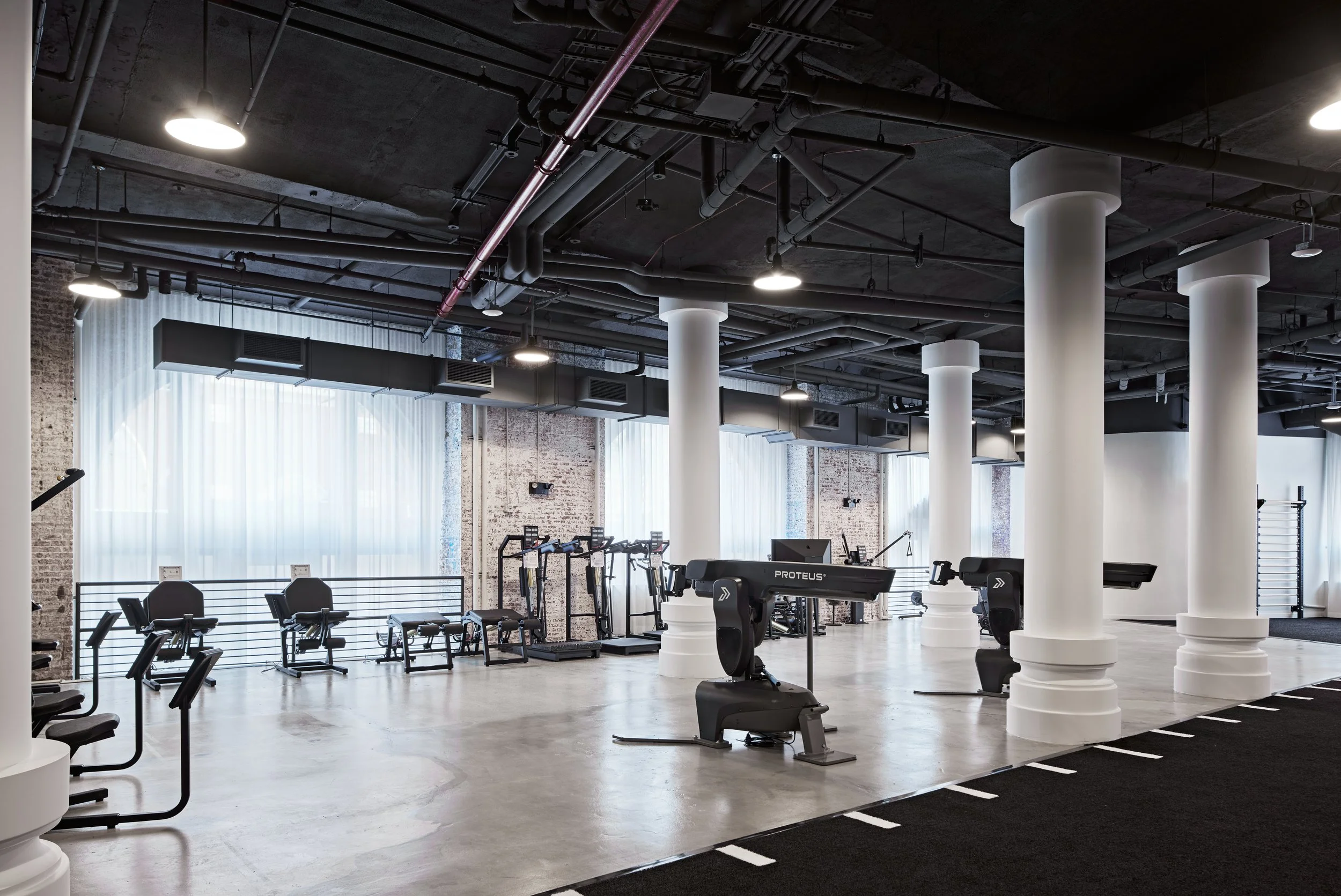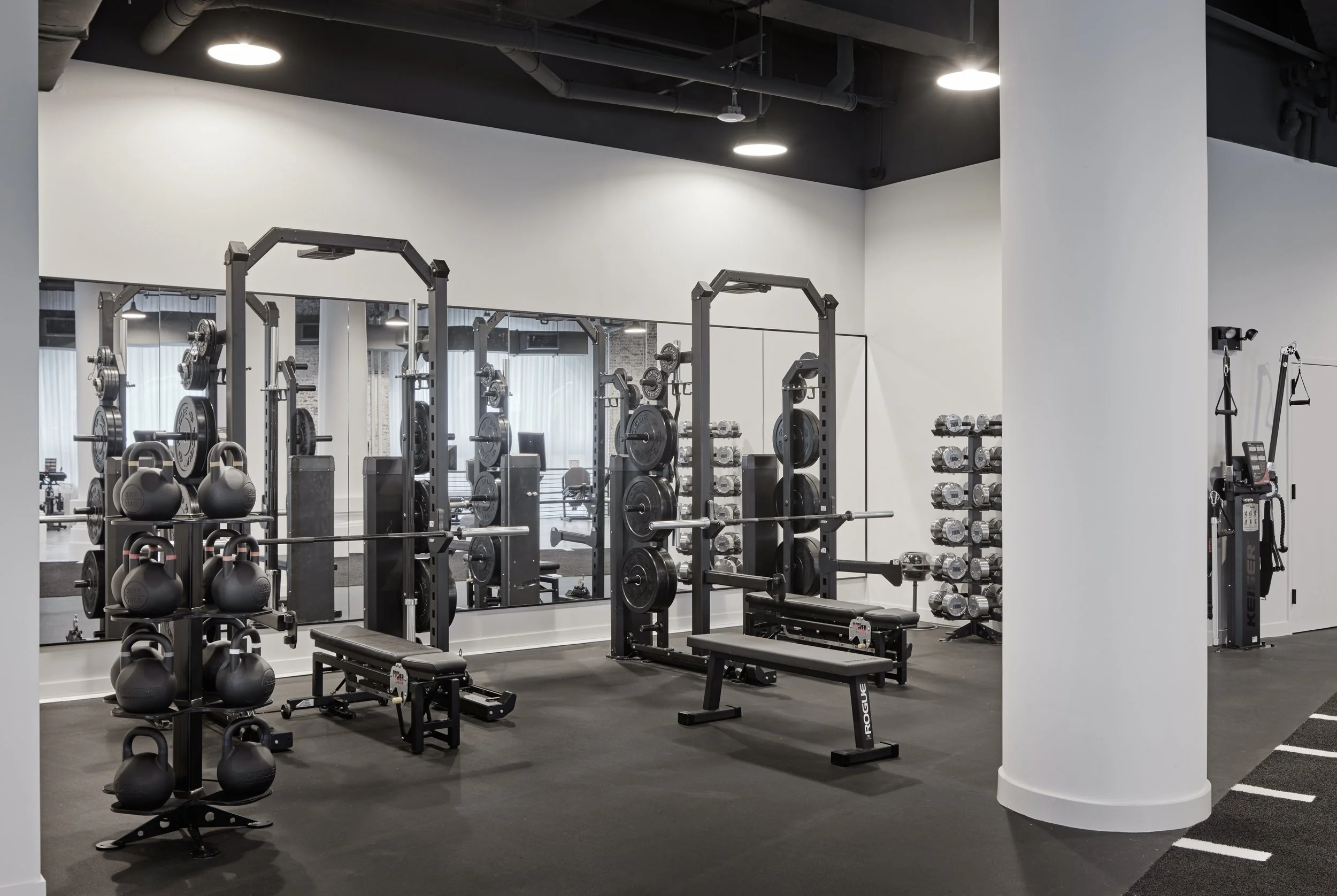FOUNDER + CEO
THRONE was born from a simple observation: New York City's elite training market had stagnated. The facilities available to top-tier professionals were often dated, uninspiring, and misaligned with the standards of the clients they served. The vision was to create an environment that didn't just match the expectations of these high-performers, but fundamentally exceeded them.
The design philosophy was centered on elegance, sophistication, and inspiration. But this atelier was more than aesthetics; it was a system built on data-driven methods, a collaborative environment, and a shared accountability model. The core belief was simple, positive member outcomes was the business model.
Biometric analysis and data analytics were at the core of the THRONE methodology. This data-first approach included real-time biometric tracking, such as EEG and ECG analysis, to adapt training programs moment-by-moment. This maximized client outcomes and increased the efficiency of every minute spent in training, powering a continuous feedback loop where members and coaches held monthly review sessions to collaboratively analyze all data. These markers didn't just track progress, they fed a predictive system designed to generate intelligent recommendations over time.
The member journey was defined by precision. It began with a deep, qualitative onboarding process—including thorough questionnaires and interviews—to build a complete profile. From there, members moved to the sports science lab for extensive quantitative testing: 3D analysis, force plate testing, metabolic panels, and body composition readings. After an observed training period, this wealth of data was synthesized into a highly detailed, custom-built program. This program wasn't static; it was the start of a long-term cycle built on collaborative review and continuous refinement: train, analyze, adapt, and repeat.
DIRECTOR, PROFESSIONAL PERFORMANCE
Stepping in as Director of Performance for Paine Schwartz Partners, a leading global private equity firm, required a dynamic strategy to uphold elite performance during the unprecedented shift to remote work. The core of this role involved traveling full-time with the CEO, providing intensive, one-on-one coaching and strategic advisory. This high-touch engagement served as the foundation for a firm-wide initiative designed to sustain and enhance the team's cognitive and physical resilience in a high-stakes, distributed environment.
To scale this impact across the organization, a multi-channel performance program was developed and deployed. This included leading live virtual classes and webinars covering a spectrum of high-performance topics. A weekly newsletter I created provided consistent thought leadership, while all employees were given direct access to schedule individual advisory meetings for personalized protocols on training, nutrition, time management, and other critical lifestyle factors with me. This entire initiative was codified into a durable online library that featured all past content, an exercise database, and key articles. This served as a scalable platform to ensure every team member had the tools to optimize their performance.
FOUNDER
Mitchell McClellan Performance was established to answer a clear gap in the high-end market. The city’s top professionals were demanding a level of service and data-driven insight that was simply not available. Leveraging the same sophisticated biometric monitoring he had successfully introduced to portfolio managers at Balyasny, Mitchell scaled this potent methodology for a wider audience.
The approach resonated immediately. His clientele quickly expanded to include a diverse roster of New York's most motivated leaders, from hedge fund managers, CEOs, and tech executives to notable attorneys and professional athletes. This expansion affirmed his belief that high-performers in any field could benefit from a system previously reserved for elite athletes.
Performix House in Union Square became the primary hub for this coaching, offering a private, focused environment. This exclusive facility served as the ideal incubator for his methods, but it also became the catalyst for his next, far larger concept. While working within this elite space, Mitchell identified the limitations of the current model and architected the blueprint for a fully integrated system, a system that would become THRONE Performance.
PERFORMANCE COACH
Mitchell's role as the in-house Performance Coach at Balyasny Asset Management (BAM) was born from the trust he had already built privately coaching the firm's founders and partners. This position proved to be a pivotal incubator for his core thesis: that biologically adapted, data monitored protocols were the future of performance for the world's leading professionals. Operating from the training facility he equipped within Manhattan’s iconic GM Building, this vision was put to the test.
The methodology extended beyond the physical. In an advanced application of performance science, Mitchell utilized EEG brain monitoring with top portfolio managers to refine cognitive function and support high-stakes decision-making. This specialized work was complemented by bespoke development plans for senior executives and a regular schedule of sold out, semi-private training sessions that became a core part of the firm's daily life.
This multi-layered engagement was scaled through a popular weekly newsletter and firm wide Healthy Happy Hours at popular NYC fitness studios. The result was a profound cultural shift. Mitchell successfully established a performance-oriented wellness culture that had not existed previously, turning it into a powerful conduit for building new relationships and strengthening existing ones across the firm.
FOUNDER
Mitchell’s first entrepreneurial venture, Palladium Health + Fitness, was an immediate success, built in an era just before social media, where reputation was forged by word of mouth and high level, consistent results. Operating in New York’s private training facilities, he was surrounded by seasoned professionals who had built their own businesses on these same principles, and he immediately sought their mentorship.
After building a strong client base of neighborhood locals and midtown businessmen, he was introduced to A-list celebrity clientele. This experience proved to be a pivotal moment of clarification. He found that the demands and dynamics of celebrity relationships were less aligned with his mission than the deep, strategic partnerships he was building with his executive clients. It was in this distinction that the core idea for THRONE—an unparalleled performance product for the serious professional—was first sparked.
This focus became his core business. While operating Palladium, he cultivated a roster of hedge fund managers, law partners, UN diplomats, and executives. He found he excelled in working with this clientele and their specific, high stakes demands. This specialization led him to work with a significant number of employees from Balyasny, including its founder and managing directors, which ultimately culminated in the offer to build and lead the firm's internal performance program.
Mitchell launched his career at Equinox, choosing the global leader in luxury fitness for a specific reason: it was the ecosystem for serious and successful professionals. This East Midtown club exposed him to a high caliber clientele that demanded greatness, not just from themselves, but from anyone whose services they retained, pushing Mitchell to iterate and refine his product at a rapid rate.
Operating a training business within this commercial ecosystem was a pressure cooker of an education. Thriving required far more than scientific knowledge, it demanded a mastery of psychology, high touch customer service, and the entrepreneurial skills to build a client base from scratch amidst fierce competition. Mitchell excelled in this environment, becoming a full-time trainer in less than two months and, in under a year, ranking among the top 100 trainers globally.
This rapid success, however, brought a moment of clarity. For any coach, there comes a time when the benefits of operating within a closed system are outweighed by the opportunity to build something new. Mitchell realized that to continue his own professional evolution and truly serve his clients, he would need to create his own platform. This decision was the catalyst for his next move: leaving to launch his first private training company.
PREVIOUS CLIENTS

























